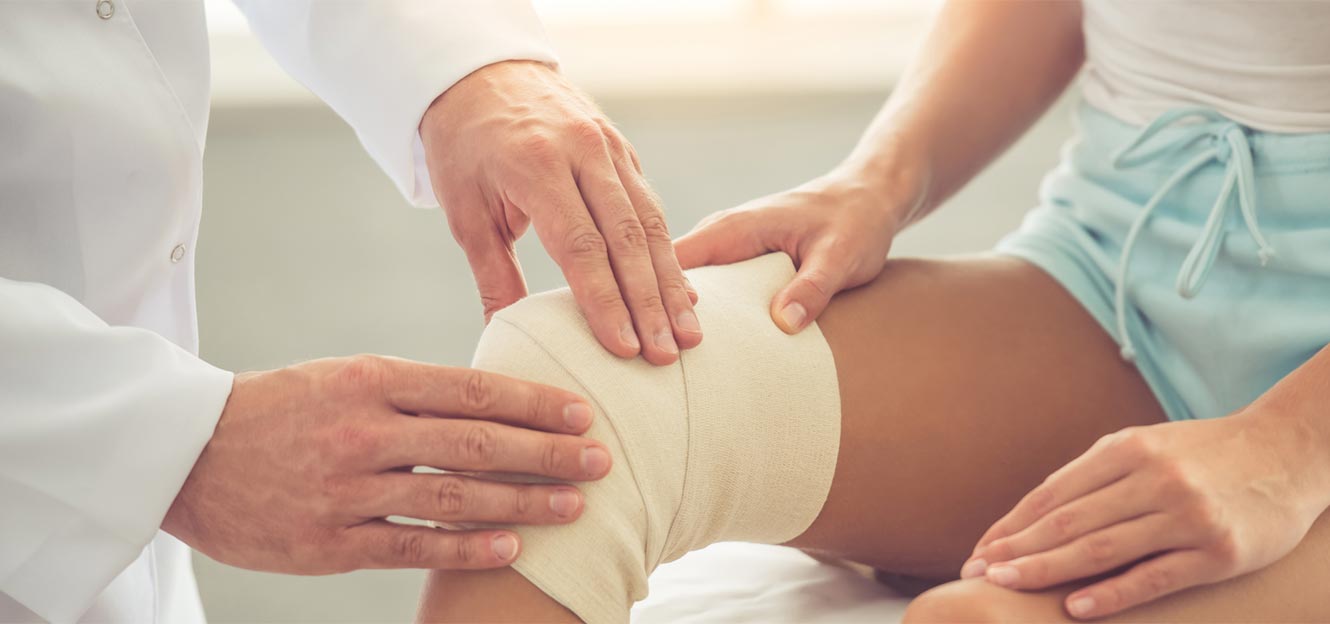
Understanding and Treating Tennis Elbow
Tennis elbow, medically known as lateral epicondylitis, is a common condition that causes pain and discomfort around the outer part of the elbow. Despite its name, it’s not just limited to tennis players; anyone who engages in repetitive arm and wrist movements can develop this condition. If you’re experiencing pain on the outside of your elbow, understanding what causes tennis elbow and how it can be treated is essential for managing your symptoms and returning to normal activities.
What Causes Tennis Elbow?
Tennis elbow occurs when the tendons on the outside of the elbow become inflamed due to overuse or repetitive strain. The condition is typically caused by repetitive motions of the wrist and arm, which can lead to tiny tears in the tendons that attach muscles to the outer part of the elbow. These small tears trigger inflammation, which causes pain and tenderness. While tennis players are at higher risk due to frequent racket use, occupations or hobbies involving repetitive motions or overuse, such as painting, typing, or carpentry, can also lead to this condition.
Key Symptoms of Tennis Elbow
The most common symptoms of tennis elbow include:
- Pain and tenderness on the outer part of the elbow.
- Pain that worsens with activities that involve gripping, lifting, or twisting.
- Weakness in the forearm, making it difficult to hold objects or perform everyday tasks.
- Stiffness in the elbow joint.
If you are experiencing these symptoms, it’s important to seek advice from a sports medicine specialist early on to prevent the condition from worsening.
Tennis Elbow Treatment Options
Fortunately, many cases of tennis elbow can be treated effectively with non-surgical methods. Here are some common treatment options:
- Rest and Activity Modification: Taking a break from activities that aggravate the elbow, such as lifting or gripping, can provide relief. This allows the tendons to heal and reduces further strain and is the first step in conservative tennis elbow treatment.
- Ice Therapy: Applying ice packs to the affected area for 15-20 minutes several times a day can help reduce inflammation and relieve pain.
- Physical Therapy: A physical therapist can guide you through specific exercises to strengthen the forearm muscles, improve flexibility, and reduce strain on the tendons.
- Medications: Over-the-counter pain relievers can help alleviate pain and reduce inflammation.
- Bracing: A brace or elbow strap can help reduce strain on the tendons during daily activities by providing support to the elbow.
- Corticosteroid Injections: In more severe cases, your doctor may recommend corticosteroid injections to reduce inflammation and provide pain relief. The professionals at POSM specialize in providing this type of injection for tennis elbow treatment and can help you decide if it’s right for you.
- Surgical Treatment: If conservative treatments fail after several months, an orthopedic surgeon may need to discuss surgical options. Sometimes, surgery may be necessary to remove damaged tissue and relieve pain, which is something our team at POSM can discuss with you if the need arises.
If you suspect you have tennis elbow, it’s important to consult with one of our orthopedic specialists at POSM. We can evaluate your condition and recommend the best course of tennis elbow treatment tailored to your needs. Early intervention can make a significant difference in your recovery and help you return to pain-free movement.
